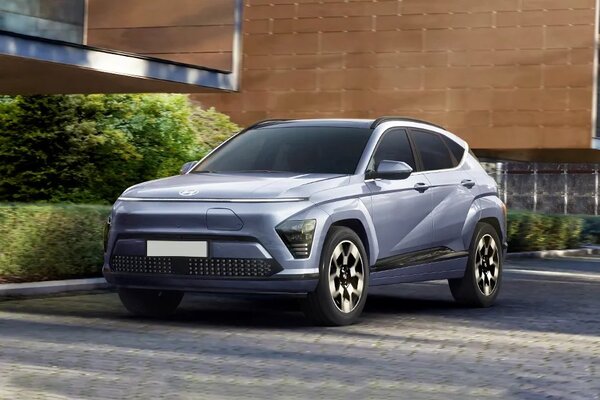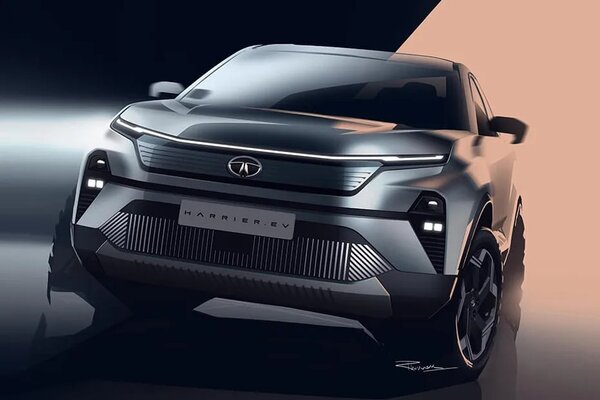There’s no such thing as too many electric car chargers in China


China is installing more charging infrastructure than any other country. A lot more. Some have raised concerns about wasteful spending on underutilized infrastructure. But China’s charging expenditures are small relative to the multitrillion-dollar opportunity the country could capitalize on by seizing a bigger share of the global auto market.
China added 649,000 public chargers last year, more than 70% of what was installed globally. The China Charging Infrastructure Promotion Alliance expects installations to continue to grow significantly, with 975,000 public installs forecast for 2023. That would be more than double the installations that BloombergNEF expects from every other country in the world combined.
Also check these Cars
The total electricity demand at public chargers in China reached 21 terawatt-hours in 2022, greater than the entire consumption of countries including Iceland and Azerbaijan. Electricity demand at public chargers soared 91% from 2021, exceeding the rates of growth in the EV fleet (81%) and the public charging network (57%). This suggests that, on average, each charger is delivering more energy than a year before.
This isn’t the case for all operators, though. TGood and Starcharge, China’s two biggest public charging operators, were both delivering around 50 kWh per charger a day at the end of 2022. TGood was delivering less energy per charger per day on average than a year earlier, while Starcharge was delivering more.
The 50 kWh per day reflects utilization of around 5% to 8%, less than the 10% to 20% utilization widely accepted as required for profitability without subsidies. Both networks will be expecting an increase in high-power charging from new electric vehicles to increase the electricity delivered from their chargers.
Also Read : Is this how Chinese EV makers are fooling the world? Know more
Even if charging networks struggle for profitability and government funds are wasted subsidizing it, there’s an argument that this is a worthy sacrifice, as the funds lost would pale in comparison to what China can gain from becoming a global automotive juggernaut. BNEF expects just $453 billion would be needed to build an expansive network in China by 2040, whereas China’s auto market was worth $746 billion just last year.
Removing charging infrastructure as a concern for customers is one of a range of policies that’s driving success for the Chinese electric-car market and creating a base from which its automakers can grow both in China and abroad.
Chinese manufacturers delivered 81% of the EVs sold in the country in the fourth quarter, much higher than the 55% share of the internal combustion engine cars. The nation is now one of the world’s largest passenger car exporters, pulling roughly even with Germany last year and trailing only Japan.
China’s fast-charging rollout also has implications for the global charging industry — its breakneck speed of installations may not last. This would leave a shrinking market for Chinese charging-equipment manufacturers and increase competition in the global market.
The fast rollout also could exasperate compatibility issues for China’s public charging network. The Chaoji connector standard — which is said to enable charging up to 900 kilowatts and bi-directional capabilities — was announced to replace the current GBT standard in 2020, but has yet to be deployed at scale. The longer the new standard takes to come to market, the more money will need to be spent on adapters and network upgrades later.
China’s public charging rollout is the most extensive in the world. It may not be the perfect example of how to deliver a profitable network, but it’s been a key strategic asset in the global EV race.








 64.8 kWh
64.8 kWh 418 Km
418 Km



















